Car Reviews Posts on Crowch
If there’s one thing I took away from this year’s Milan Design Mobility Week, it’s this: design is no longer just skin-deep — it’s becoming a language. In 2025, cars are no longer shaped just by clay, wind tunnels, and engineers. They’re being shaped by algorithms, cultural data, and even neurofeedback studies.
And honestly? It’s mesmerizing. And just a little scary.
I walked into the Mobility Pavilion expecting the usual parade of concepts — silver arrows, autonomous bubbles, all lights and no steering wheels. What I found was more nuanced. Brands weren’t just showing off what their cars looked like — they were inviting us to explore why they looked that way.
The Rise of AI-Curated Aesthetics
One of the biggest showcases came from Renault, with their AI-designed concept, the Synesthesia One. The car’s shape wasn’t designed by a human team in Paris, but co-developed with a generative AI system trained on 150 years of visual art, urban mobility trends, and biometric feedback from test drivers.
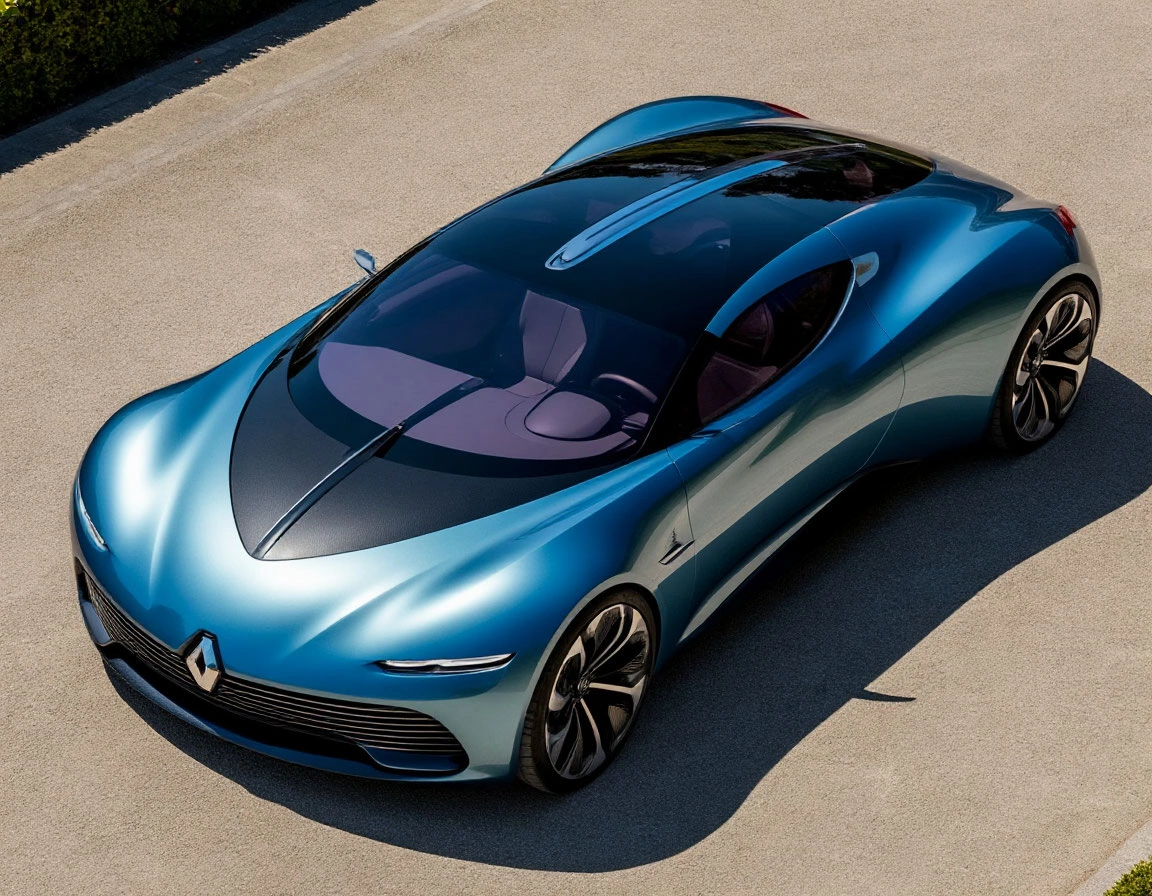
The result? A car that looks like it grew — not like it was built.
But here’s where it gets deeper. The car changes its lighting and interior mood based on your voice tone and pupil dilation. The AI isn’t just a tool for design — it becomes the co-author of your experience.
Other automakers followed suit. Toyota’s “HAKUMEI” concept was built with generative AI trained on both Japanese minimalist architecture and emotional response mapping. The seats recline at an angle dictated not by ergonomics, but by EEG brainwave relaxation patterns.
We’re entering a world where design becomes emotional data made physical.
What Happens to the Human Touch?
I had a fascinating conversation with a lead designer at Pininfarina, who told me, “In 2025, our job is less about choosing lines — it’s about choosing prompts.” Their AI studio, Aria, now drafts hundreds of form variations in seconds, allowing designers to act more like curators or editors.
So, the question becomes: is this still art? Can something be beautiful if no one human shaped it?
Personally, I think the answer is yes — but it requires a mental shift. We used to think of car design as something tactile, even romantic. Now it’s becoming computationally poetic. The emotion’s still there — it’s just translated through different hands. Or code.
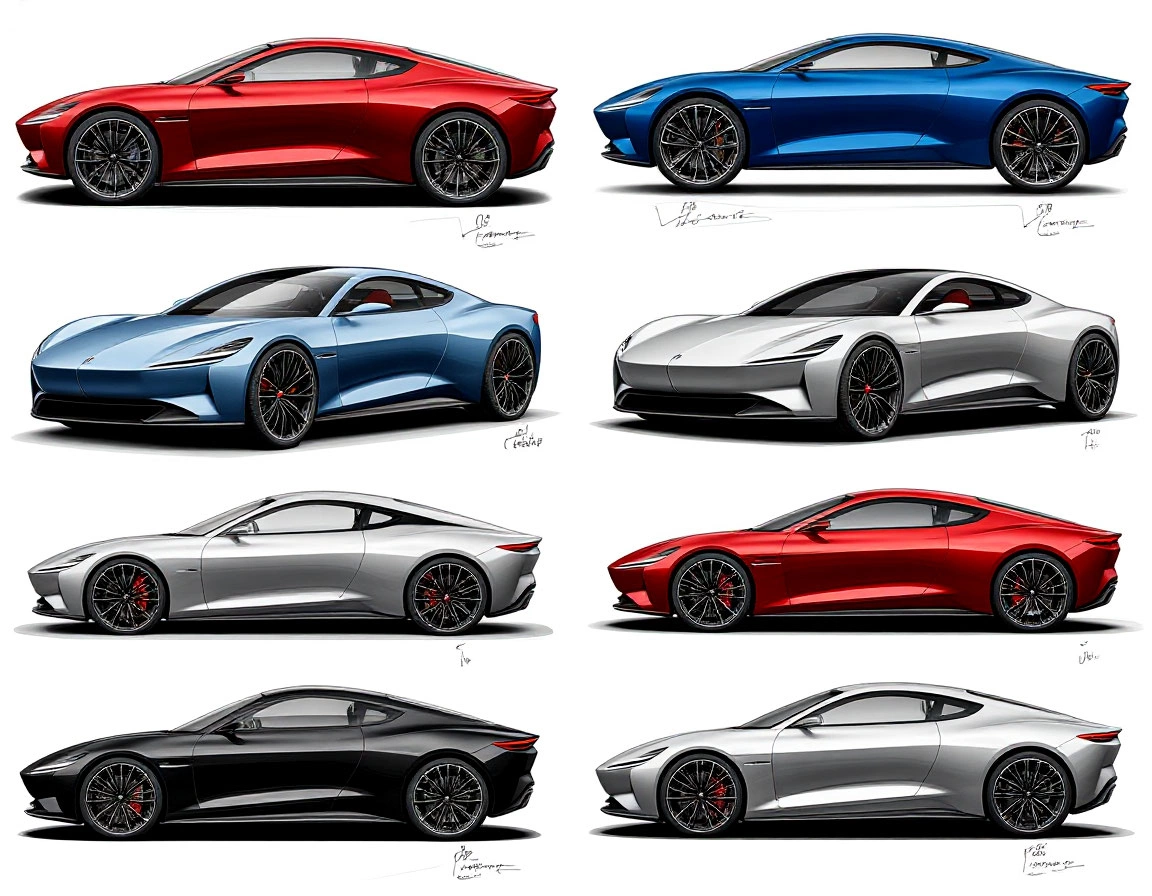
Sustainability Meets Style
Another major theme at Milan was eco-intentional design. I’m not just talking about carbon-neutral manufacturing. I’m talking about design choices made specifically to reduce waste, extend product life, and anticipate reuse.
Take Volvo’s Re:Verse prototype. Every single surface — from the curved dashboard to the body panels — is modular, removable, and reconfigurable. Think: LEGO meets IKEA, but make it stylish.
They claim this will extend the car’s usability by a decade and reduce material waste by 70%.
What amazed me was how seamlessly they’ve integrated these sustainable principles without sacrificing aesthetics. In fact, reusability becomes part of the beauty. Scarcity is no longer the standard for value — flexibility is.
The Return of Emotion in an Over-Engineered World
Amid all the code and modular panels, I did start to feel a creeping fear: is car design becoming too clean? Too clinical? Too… perfect?
That’s why I found Lancia’s “Aelia” concept so refreshing. It’s not the most advanced in AI or modularity. But it had soul. The asymmetrical headlights were inspired by Roman ruins. The paint shimmered in tones that subtly shifted based on daylight. There were imperfections. It felt human.
And maybe that’s the lesson. In a world where AI can generate perfection, what we crave might be the unexpected, the flawed, the emotional.
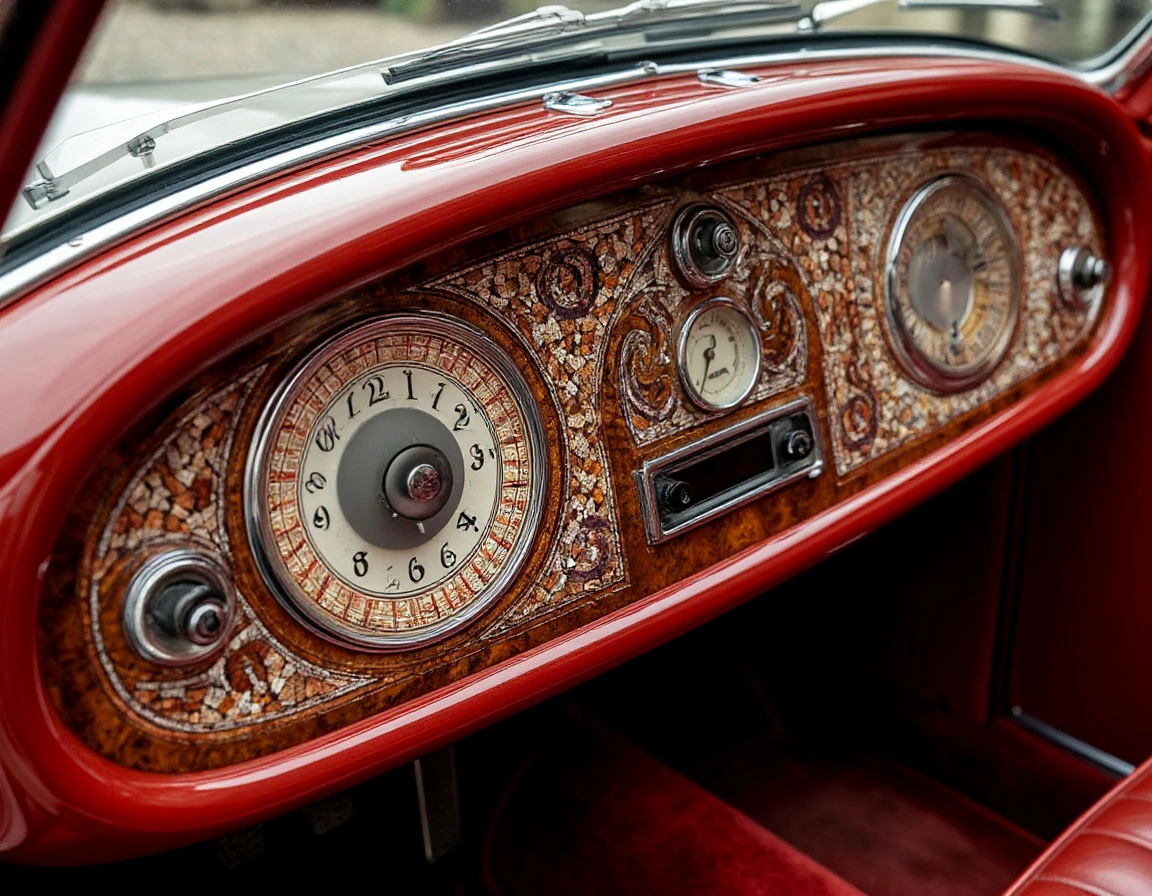
Design, at its best, still tells a story. And stories are messy. In 2025, the best cars are the ones that embrace both the algorithm and the artisan.
Where We Go from Here
As I left Milan, I realized this wasn’t just about cars. It was about how we redefine creativity in a world of intelligent tools.
We’re no longer asking, “What should this car look like?” We’re asking, “How should this car make you feel?” And we’re answering that with data, dreams, and digital intuition.
Designers aren’t being replaced — they’re being reimagined. And that, to me, is as thrilling as any V12.
If I had to summarize the 2025 Munich Auto Show in one sentence, it’d be this: we’re no longer designing cars — we’re designing experiences. And while that might sound like something you'd hear at a Silicon Valley product launch, it perfectly captures where the car industry stands today.
For a gearhead like me, this year’s show was both fascinating and slightly existential. Sure, there were still some head-turners — the Porsche Macan Electric Turbo, the Polestar 5, even a sneak peek at the mysterious Apple Car UX mockup. But the real stars of the show weren’t the bodies or engines. They were interfaces. Operating systems. Over-the-air update schedules.
Welcome to the era of the software-defined vehicle (SDV) — a phrase that once sounded like marketing fluff but now feels more like the foundation of everything automotive in 2025.
From Metal to Microcode: How the Shift Began
This isn’t entirely new, of course. Tesla pioneered the idea of the car as a platform over a decade ago, but traditional OEMs have been slow to catch up. Now, they’re racing.
At Munich, BMW unveiled “Neue Klasse OS”, a completely reimagined platform built in-house that allows real-time updates to everything from suspension settings to infotainment UX. Across the hall, Mercedes-Benz showed off MB.OS, developed in collaboration with NVIDIA, promising not just Level 3 autonomy, but also adaptive interfaces that learn your mood, behavior, and preferences. I even saw Hyundai demo a feature where your car suggests music based on how hard you brake. (Yes, really.)
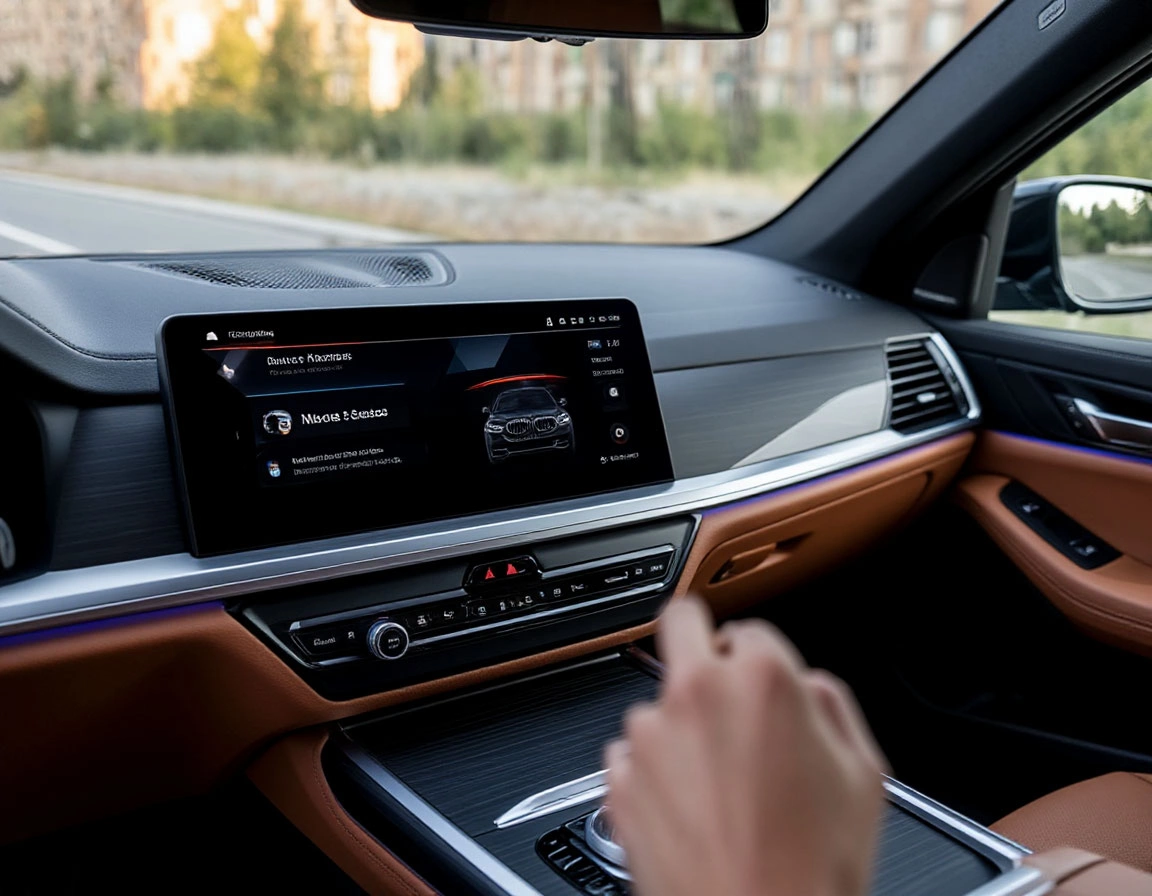
What this all means is that cars are no longer static machines. They're becoming living digital organisms, evolving constantly via updates. You don't “buy” a car in 2025 — you subscribe to its development arc.
The New Horsepower Is Customization
I grew up in an era where car culture meant cold-air intakes, aftermarket exhausts, and chipped ECUs. Now? Customization happens in menus.
Want sharper steering? There’s a downloadable “Sport Handling Pack.” Want that ambient lighting to pulse with your playlist? There’s a subscription for that too. At first, I scoffed — but then I watched a Gen Z couple at the Renault booth spend 30 minutes configuring their in-car avatar, uploading Spotify data, and linking smart home routines.
This is what tuning culture looks like in 2025. It’s not worse. It’s just different. And, if I’m honest, kind of brilliant. For automakers, it means extended revenue. For consumers, it means a car that genuinely adapts — not just in performance, but in personality.
But What About the Driving?
Now here’s the million-dollar question for people like me who love driving: if the soul of the car moves into software, does it lose its mechanical essence?
I don’t think so. What we’re seeing is a redefinition of driving pleasure. It’s less about noise and torque curves, and more about precision, anticipation, and how invisibly tech enhances control. Take the new Audi A5 e-tron, for example. It uses predictive traction management to literally learn how you corner over time, adapting torque distribution to how you tend to exit a turn. It's not about brute force — it’s about seamless augmentation. The car isn’t taking over. It’s learning to dance with you. That’s still driving. Just… evolved.
Who Wins in a Software Race?
Here's where it gets tricky. Not all carmakers were built for this shift. Ford and GM are battling lagging app ecosystems. Stellantis is years behind on UI design. Meanwhile, Chinese brands like NIO, XPeng, and BYD are sprinting ahead with full-stack vertical integration. Their booths at Munich felt less like car displays and more like tech expos.
In fact, XPeng’s XOS 4.0 might be the most intuitive automotive OS I’ve ever touched — instant tactile feedback, modular apps, voice recognition that actually works, and full smart home syncing.
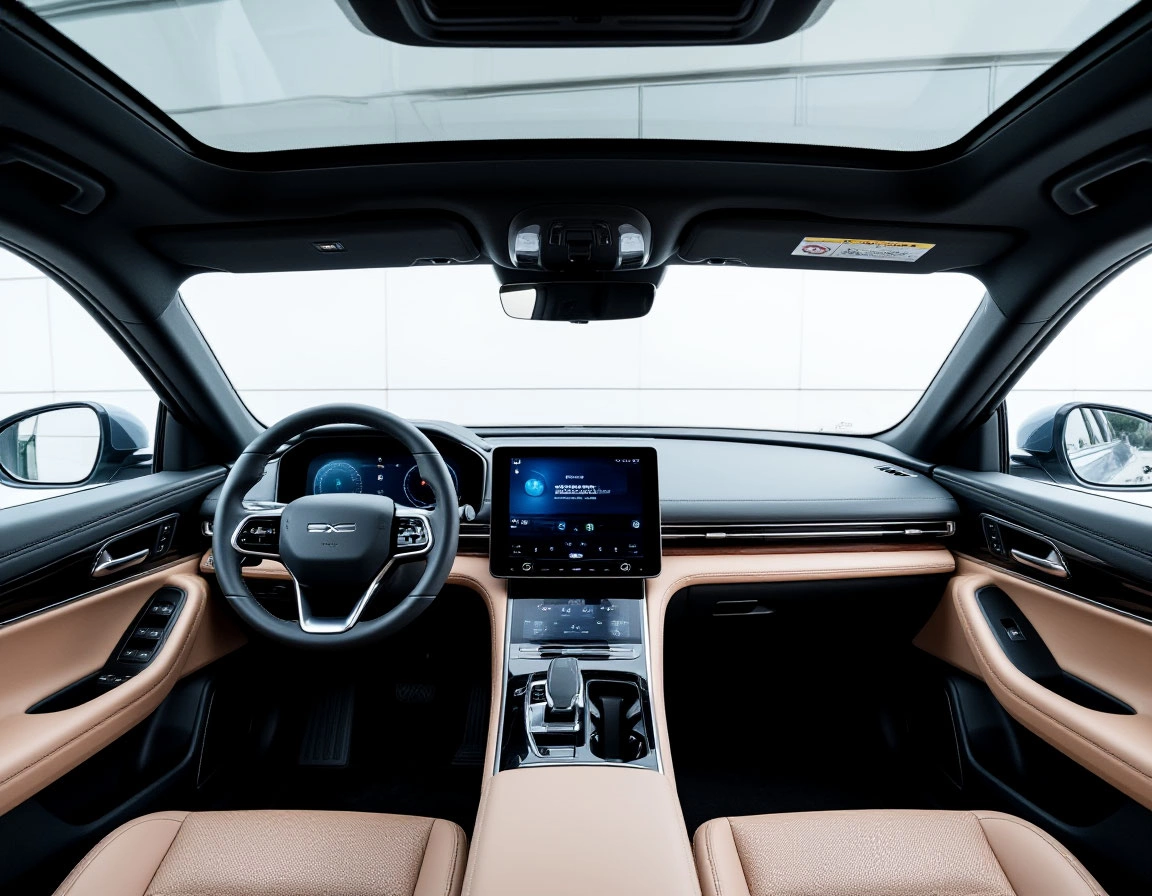
This software war is shaping up to be the defining battle of the next automotive decade. And the winners won’t just be those who build great cars — they’ll be those who build great platforms.
A Final Thought: What’s the Soul of a Car Now?
As I walked out of the exhibition hall, surrounded by digital dashboards and digital exhaust notes, I had to ask: what happens to the emotional part of driving? And I think I found the answer at the Volkswagen “Memory Lane” exhibit, tucked away in a quiet corner. It was a modest installation — an old Golf Mk1 beside the upcoming ID.3 facelift. But in front of both cars was a screen that asked a simple question: “What did your car teach you about freedom?”
That’s the core. That feeling hasn’t changed. Whether it’s a combustion engine or a drive-by-wire EV, cars are still about connection — to place, to experience, to identity. We’re just rewriting the code.